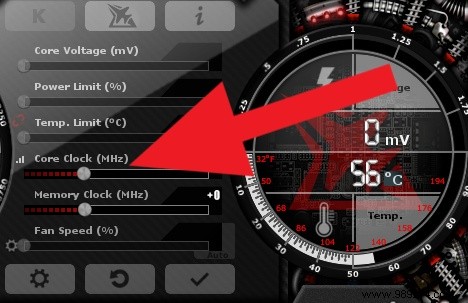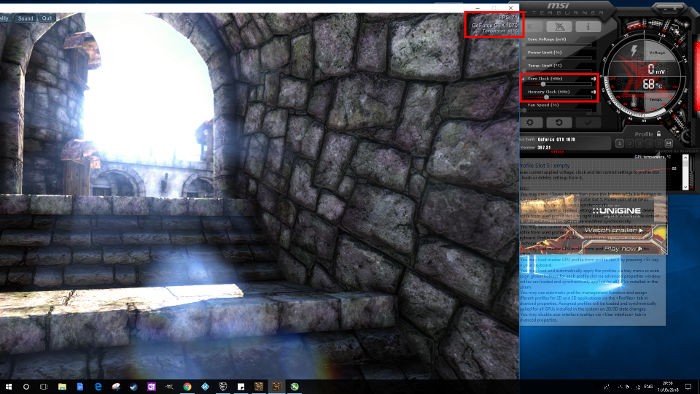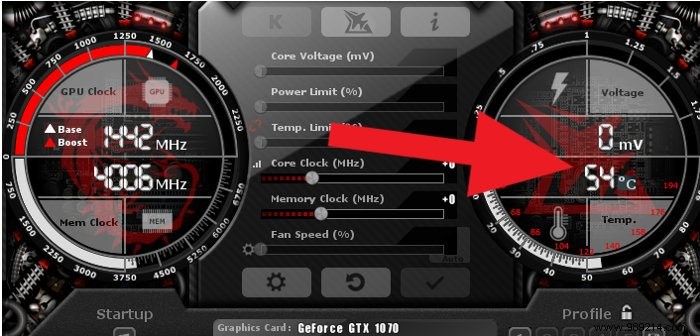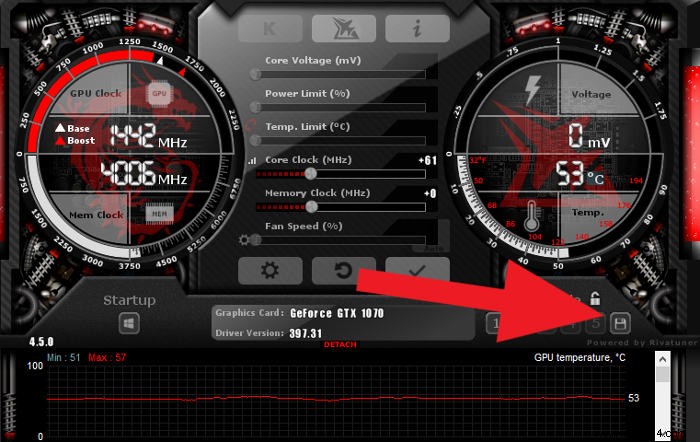Most gamers are familiar with the idea of overclocking, even if they haven't necessarily tried it themselves. Simply put, overclocking increases the clock frequency (MHz) of your graphics card, which can improve game performance by increasing frame rates.
ContentsHow to overclock your GPUIncrease base clockIncrease memory clockSave your overclocking profileConclusionIt's a daunting prospect, however, here we provide a basic guide on how you can safely overclock your graphics card.
Warning :Results will vary depending on how overclocked you are and how powerful your GPU is, so do your research to find out if you can overclock your graphics card before doing so.
Warning :Overclocking can damage your GPU if done too aggressively and can also void your card's warranty if the manufacturer finds out that it has been overclocked.
The following guide is for Windows. If you are using Linux and using an AMD GPU, you can follow this guide to overclock your graphics card.
So you've checked if your GPU is safe to overclock, and now you want to. The first thing you'll need is a great all-around gaming tool called MSI Afterburner. This lets you track your GPU and CPU temperatures, frame rates, fan speeds, and even overclock your graphics card.
First, download MSI Afterburner (as well as RivaTuner Statistics Server, which is included in the Afterburner installer).
With Afterburner installed, open it up, then in the main menu you'll see a bunch of panels that are probably as familiar to you as a jet cockpit.

Most of your performance gain will come from increasing the core clock rate. First, install Heaven Benchmark so you can track performance and temperature impact as you increase clock speed.
Run Heaven in a window (uncheck "Fullscreen" when you start it), then start increasing the main clock in 10-20 MHz increments.
Each time you do this, perform the following checks:

If your GPU shows no signs of fatigue, you can increase the main clock by another 10-20 MHz and re-run the checks. Keep repeating until you do start having issues (high GPU temperature, artifacts), then reduce the clock speed in small increments (1-2 MHz) until you reach a stable balance between temperature and increased performance.
Ideally, you should let the benchmark run for another half hour or more to see how your GPU fares in the long run. On a similar note, you should closely monitor your GPU temperature when playing games for long periods of time. If it starts to overheat, lower that clock speed.

This one is optional because (again, depending on the GPU here) many people don't report major performance gains from increasing the memory clock. However, once you hit the sweet spot for overclocking your GPU clock, you can perform the same process for your memory clock, increasing it in increments until you start to see negative performance effects.
If you increase the memory clock but don't see a performance gain, it's likely that your GPU memory bandwidth wasn't particularly limited in the first place, so there's really no need to increase the speed. memory clock.
Once everything is in place and you're happy with your overclock settings, it's time to save them as a profile, so you can load them quickly when you start playing.
To do this, simply click on the floppy disk icon at the bottom of the Afterburner home screen, then select one of the five locations next to it to save it to that profile. The next time you start Afterburner, just click on the corresponding profile. number for your overclock settings.

And There you go. Not so scary now that you know how to do it, is it? That said, don't be complacent and always keep a close eye on these temperatures while watching for any artifacts during gameplay.
If you overclock a lot, your GPU might start to feel the strain in the long run, in which case you should probably lower the clock until it's stable again, or just burn it and hope for the best with the warranty. (certainly not our official opinion).